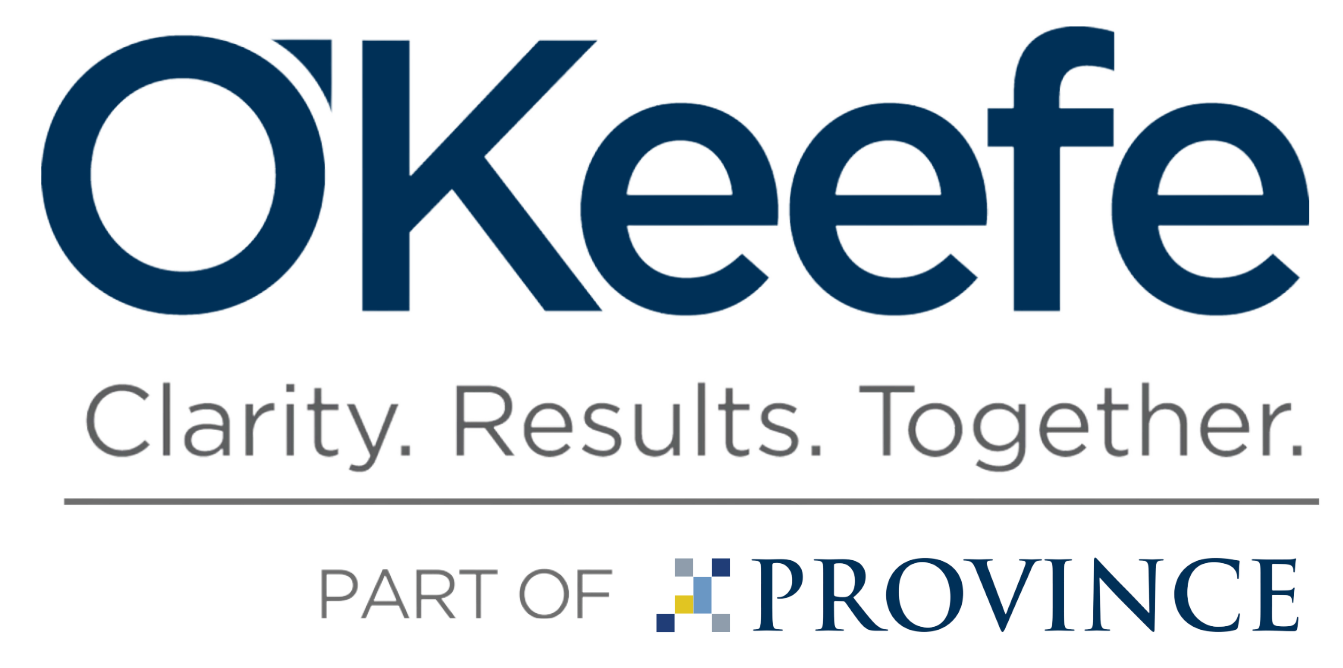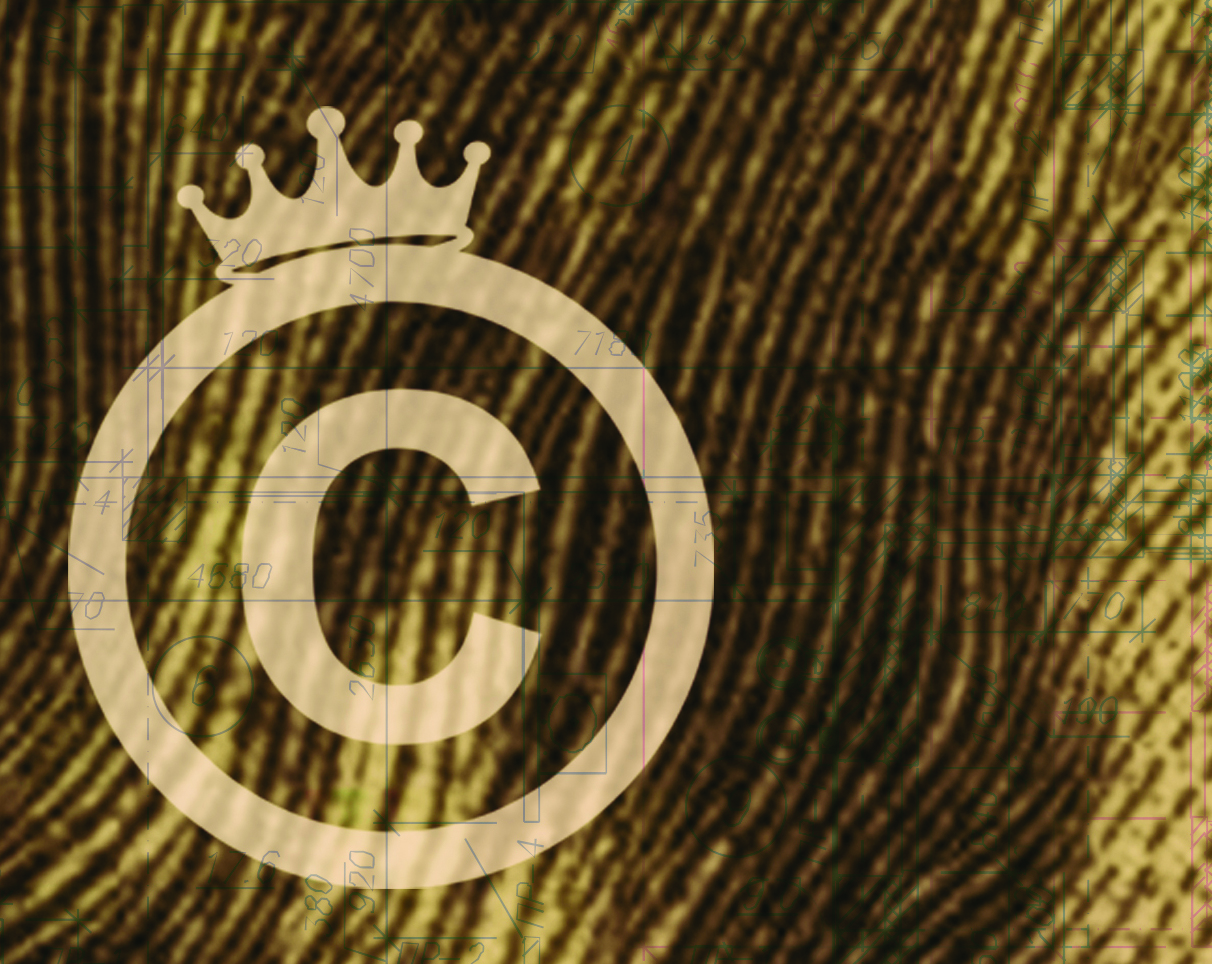Royalties and Intellectual Property
By Andrew Malec, Ph.D, Partner and Managing Director
Intellectual property is one of the most valuable assets that a company possesses.
Oftentimes, a company can monetize its intellectual property (e.g., technology, patents, trademarks, etc.) by licensing its use to another company for the manufacturing and/or sale of a product. As a result, economics suggests that the licensor should be compensated for licensing the asset to the licensee. However, the royalty payments (lump sum and/or running royalties) in licensing deals are not always at a fair market value (“FMV”) rate.
One reason that a licensor may not receive a FMV royalty rate in a licensing deal is because the licensor knowingly entered into a “sweetheart” deal with the licensee. For example, if the licensor wants to secure or maintain a large contract with an existing customer who needs the licensor’s technology to manufacture the product, then the licensor may feel compelled to execute a favorable licensing deal to the licensee to be awarded that needed business. Secondly, a FMV rate may not have been executed simply due to unsophistication of the licensor and licensee regarding the economics of the licensing agreement. A simple “what did we do on the last licensing deal” may have been adopted. From an economic perspective, comparable licensing agreements can be reviewed, and an industry analysis can be conducted to assist in determining the FMV royalty rate.
One way to determine a FMV royalty rate is to review comparable licensing agreements from publicly-available sources. Reviewing comparable licensing agreements for characteristics similar to the license being executed will assist in deriving a royalty rate (e.g., purpose/scope for licensing the asset, non-exclusivity/exclusivity of the license, term of the agreement, sub-licensing rights, and royalty rate compensation arrangement). This method assumes that the set of chosen guideline agreements are sufficiently comparable to the Subject License to provide a basis for determining the royalty rate. A careful read of the licensing agreements is necessary to ensure proper comparability to the license being analyzed.
In addition to the guideline agreement analysis, an industry analysis can also be conducted to analyze reported royalty rates as a percentage of operating profit for the industry in which the licensee operates. This percentage can then be multiplied against the expected operating profit margin of the licensee, or industry in which the licensee operates, to derive the royalty rate. This approach takes into consideration both the cost structure and profitability of the industry in which the licensee operates, and hence the industry’s licensing profit split between the licensor/licensee.
Neither of the above methods should be used in isolation. Nor should a licensor/licensee simply settle on a royalty rate based on prior deals. The consequence of not performing any economic analysis in determining the royalty rate may provide a windfall of dollars to the licensor, or a bargain licensing deal to the licensee, if not analyzed with the proper due diligence.


